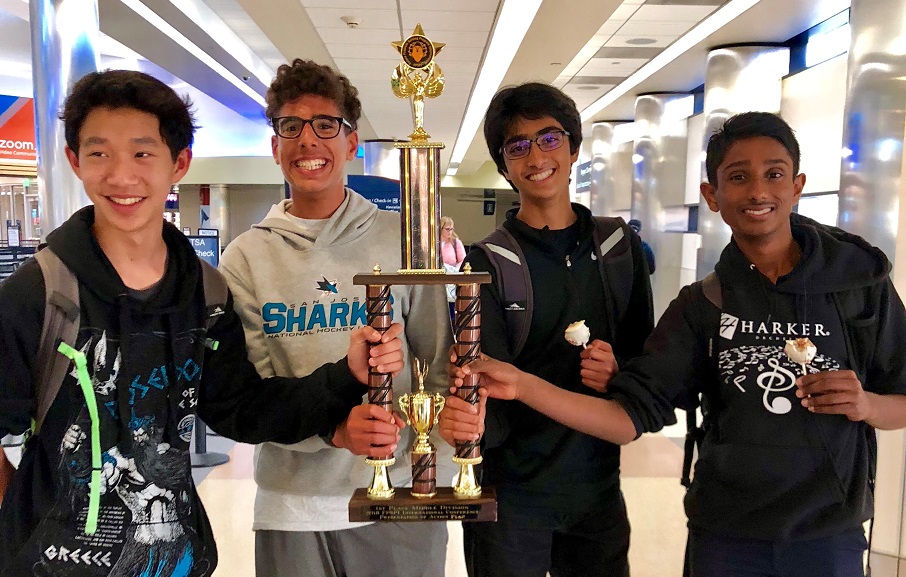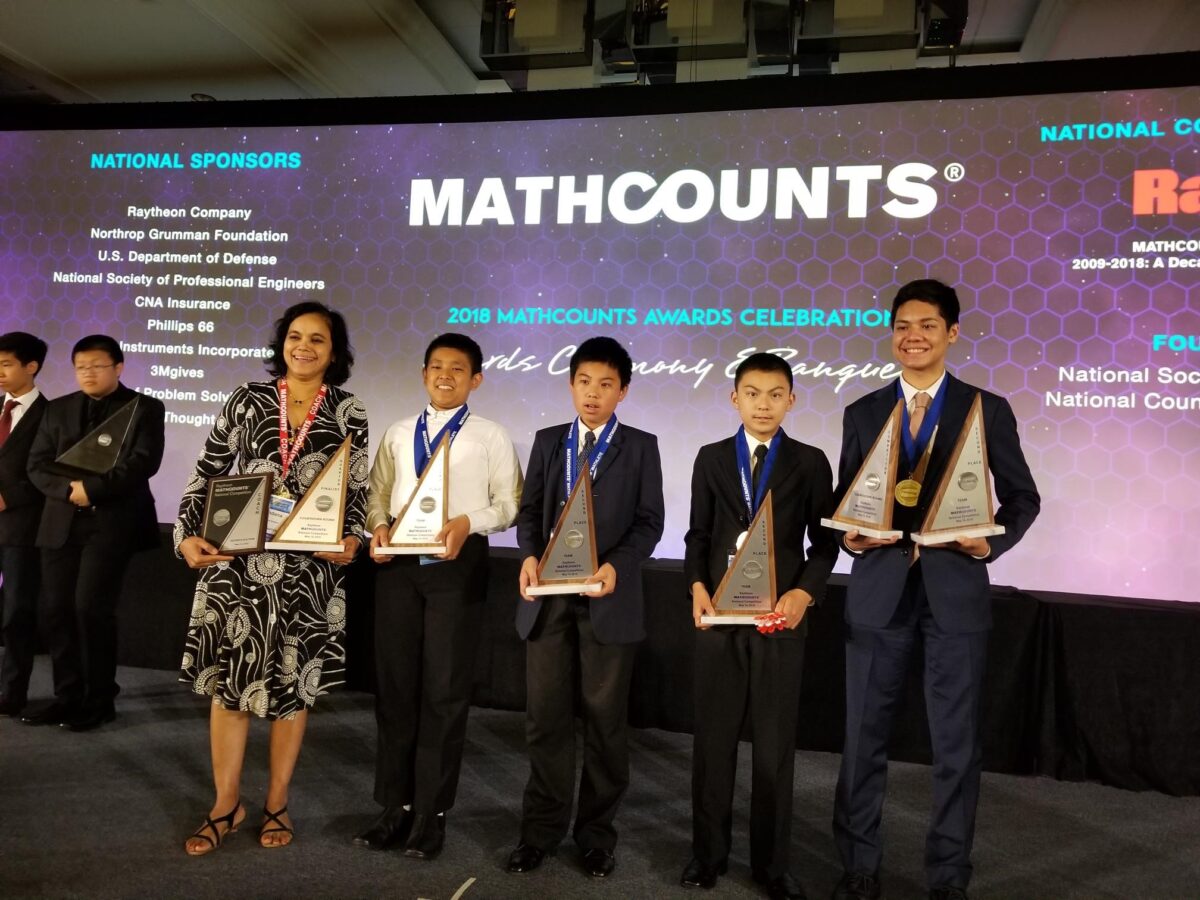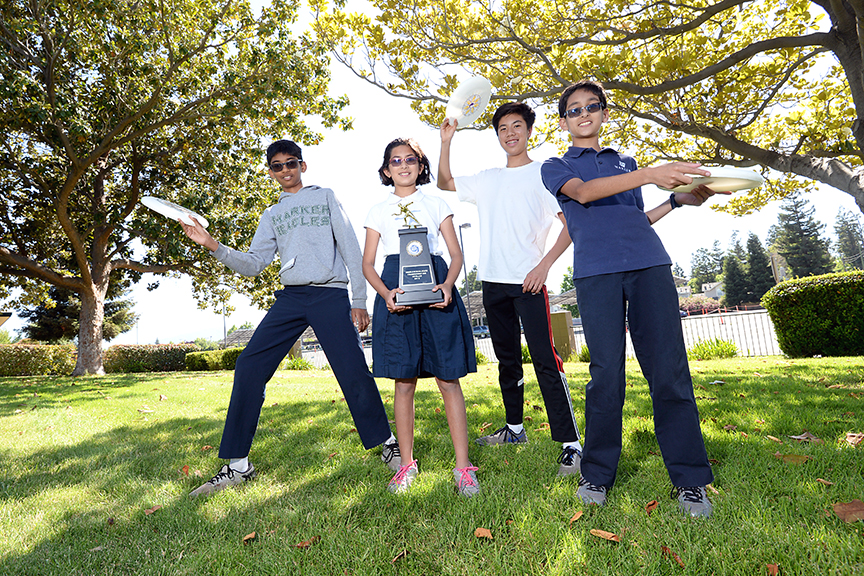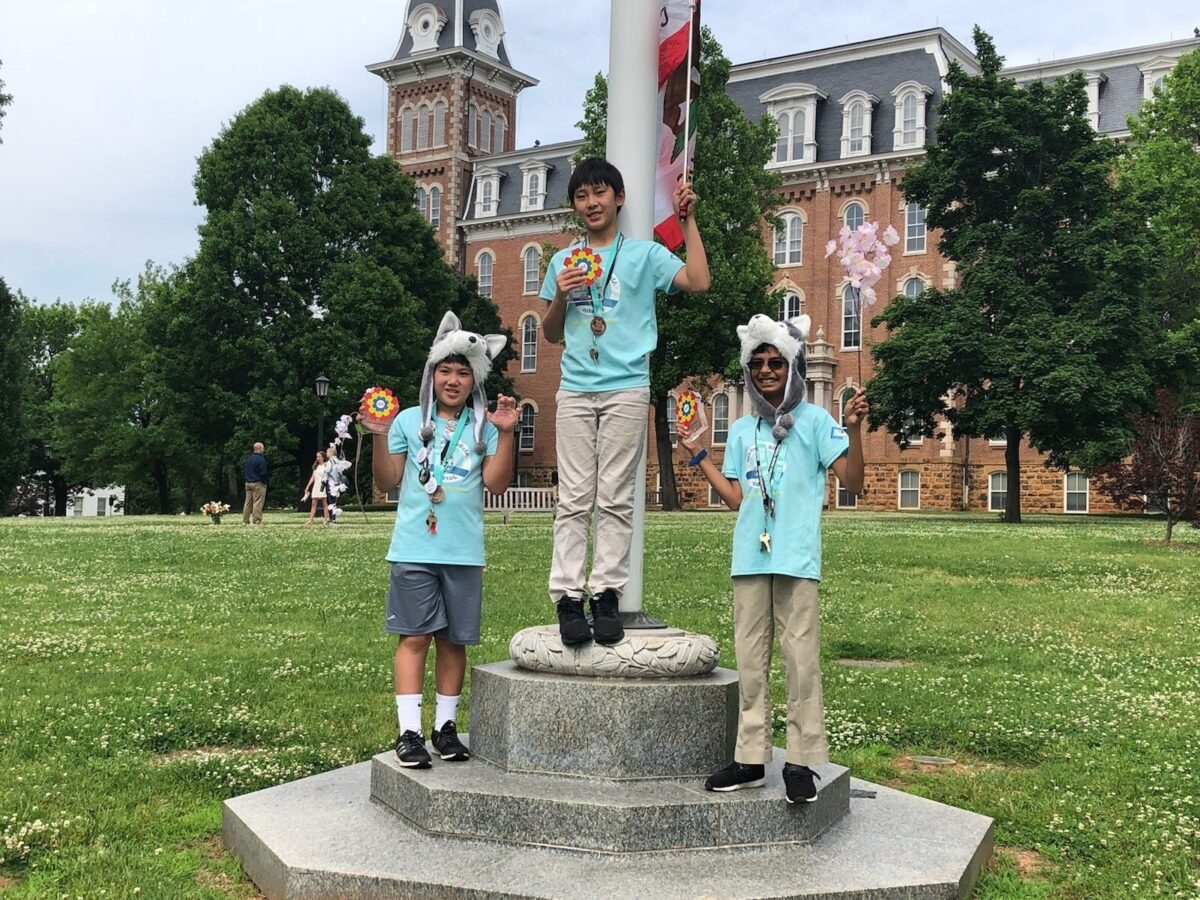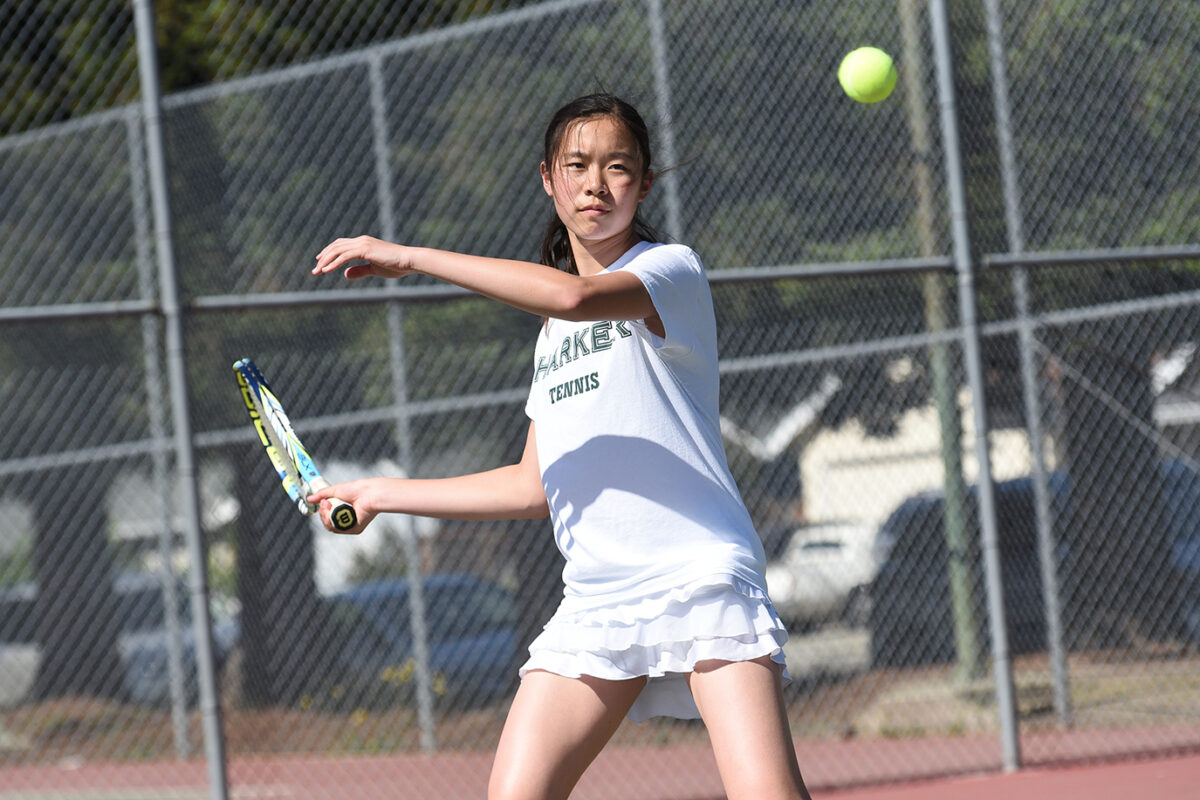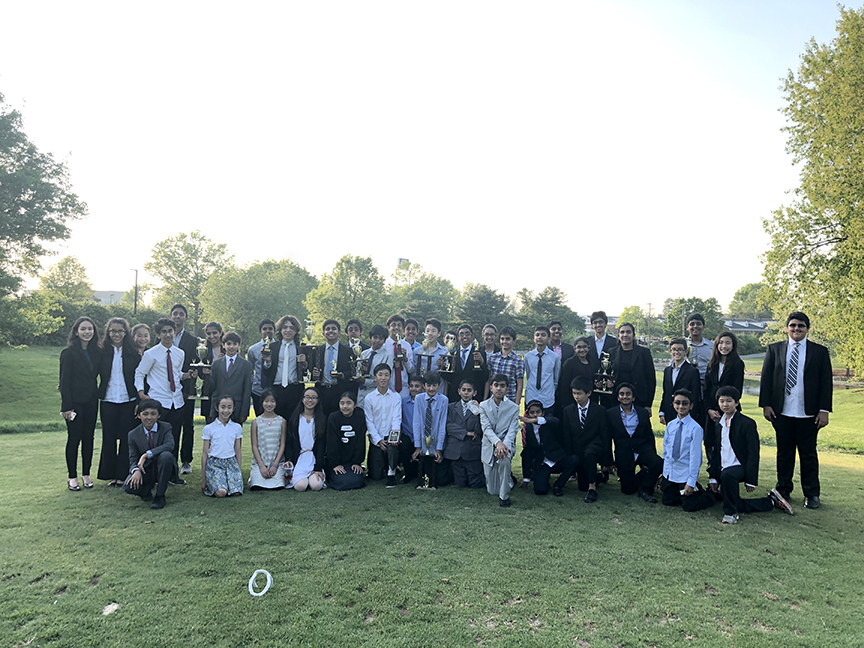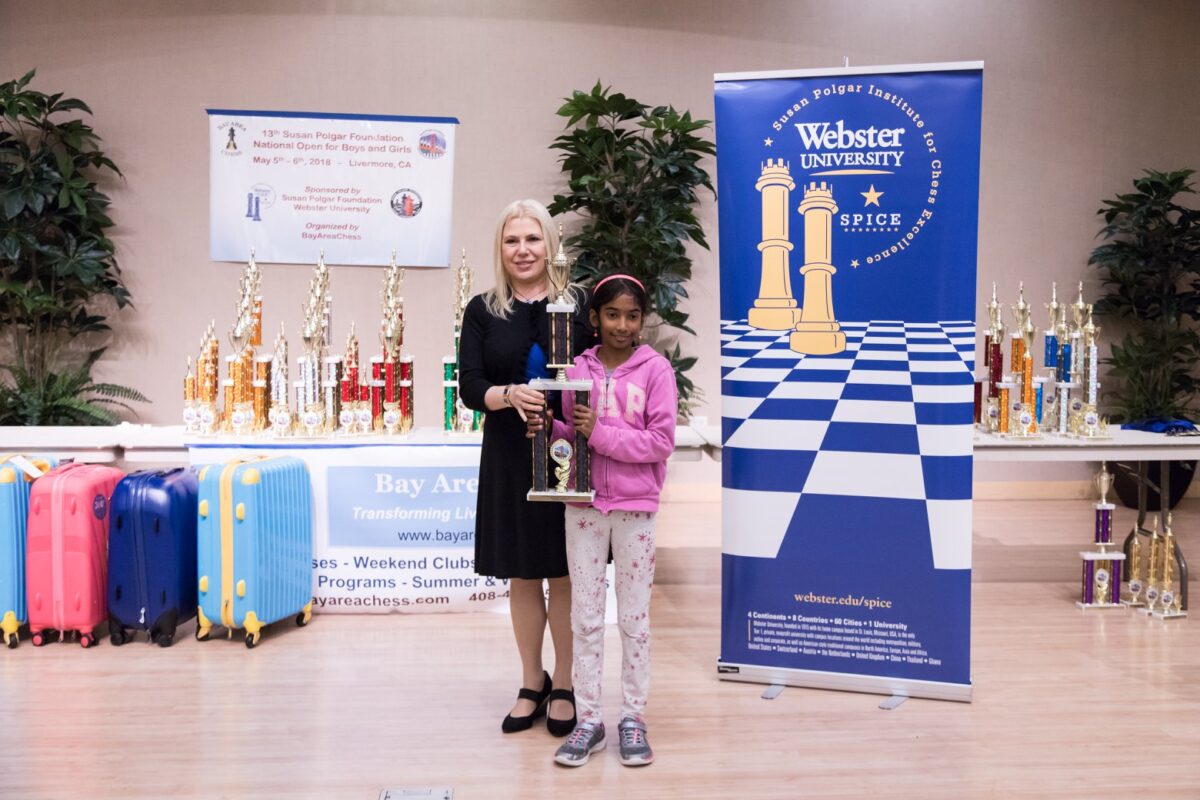Middle school presentation takes first at Future Problem Solving Internationals
Eighth graders Rohan Thakur, Shahzeb Lakhani, Daniel Wu and Kailash Ranganathan had a successful run at last week’s Future Problem Solving Program International Conference,…
